exhibitions
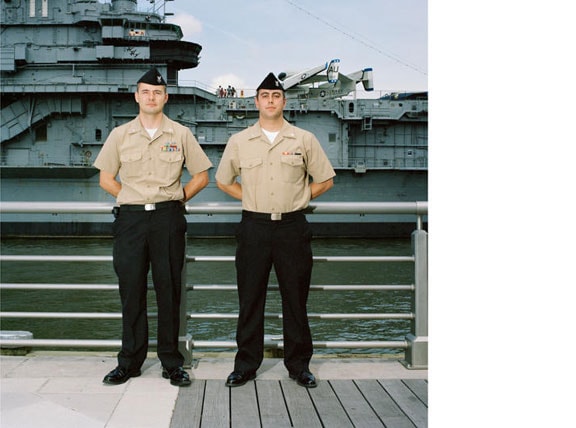
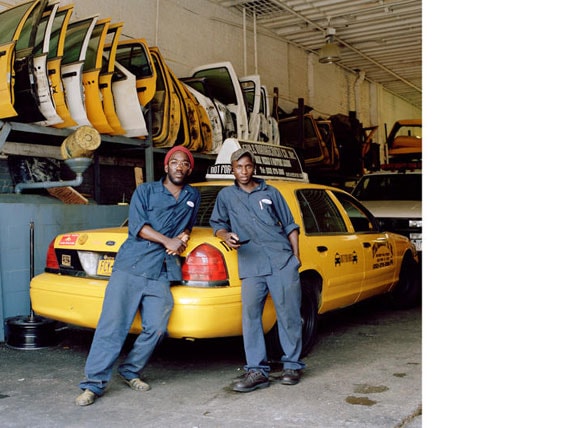
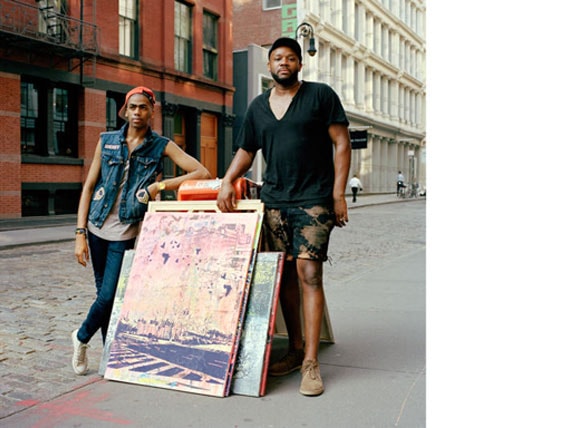
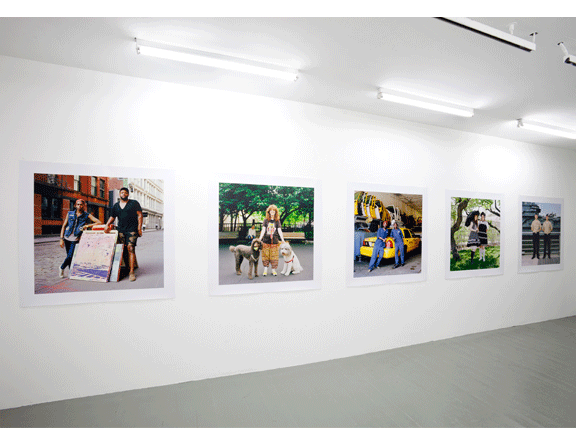
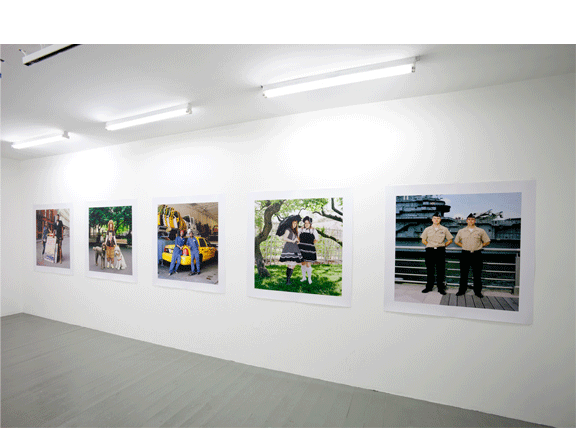
SELINA OU: NEW YORK
–
New York
Selina Ou
Exhibition Dates: 22 July - 18 August, 2011
Opening Night: Friday 22 July, 6-8pm
New York
New work by Selina Ou created during her recent Australia Council for the Arts Residency in New York City.
You can visit Selina Ou's Studio Artist's page here.
Catalog text produced for Gertrude Contemporary and Art and Australia Emerging Writers Program -
Originating in Japan, Gothic Lolita (or Gothloli) is a fashion subculture that blends prim Victoriana with a darker, metal edge. It comprises a self-imposed uniform of girly stockings, petticoats and bonnets, and has been primarily adopted by those with a desire to look different. Gothloli is a style of dressing that demands attention and has emerged from the streets of Tokyo to be adopted by youth cultures around the world. It is a look that immediately denotes a ‘type’ rather than the individual.
Photography is often employed as a means of comprehending what lies before us and the extensive history of photo-portraiture is a testament to this. From the early photographs of American sociologist Lewis Hine to the dark world of Diane Arbus, photography has long been aligned with social documentary. Photographic explorations of social groups are conveyed through a multitude of strategies, and the identification of ‘types’- individuals recognized as belonging to a specific class or category - is a widely practiced approach. This pursuit of types, the desire to categorise our surrounds, has long shaped the photographic practice of Melbourne-based artist, Selina Ou.
For Ou, types fall into two distinct groups: the professional and the sub-cultural. In an effort to describe the world around her, she seeks out these types while being drawn to the individuals who occupy them. It is no surprise then that on a recent residency in New York a pair of Gothloli-styled teens caught Ou’s eye. The resulting work is part of the New York series, which comprises five large-format photographs of various types documented at work and play. These portraits include marines posed stiffly in their khakis, street artists plying their wares, taxi-cab mechanics striking a pose in their workshop, a bouffant-haired dog walker with her poodles, and the aforementioned Gothlolis.
The New York photographs are a continuation of Ou’s earlier Chile (2007) and Sakura Season (2005) series in which her subjects included Chilean street stall holders and Japanese youth and low-paid workers. In these three bodies of work Ou knowingly references the oeuvre of German photographer, August Sander, who in the 1920s documented people of the Weimar Republic in a suite of seemingly objective portraits that featured subjects from all walks of life – cooks, architects, paupers. Sander systematically conceived of his subjects not as individuals but as archetypes. Ou seeks a similar definition of the social world.
New York is a mecca for people the world over. Whether experienced firsthand or through cultural representations in film and literature, we know that people come to the Big Apple in pursuit of new lives and new beginnings. It is a metropolis large enough and progressive enough to accommodate all types. What makes Ou’s New York photographs so compelling, however, is not the indexation of native New Yorkers, but the subtle tension she captures between the easily recognizable type and the unknown individual who occupies these roles.
Ou is well aware of the camera’s sly relationship with objectivity, its function as a tool for documentation and its ability to capture both fact and fiction. Together with her subjects she plays with the potentials of these strategies and what the exchange between photographer and subject might reveal, or obscure. Take, for example, the marines photographed in front of a ship that we assume is their place of work. While ostensibly locating these types within their professional domain, Ou has in fact pictured them in front of what is now a floating museum. The setting and uniforms signify a professional type, however, their expressions belie the idiosyncrasies of individual character.
Ou’s works also recall Roland Barthes’ observations about posing in Camera Lucida:
I am at the same time: the one I think I am, the one I want others to think I am, the one the photographer thinks I am and the one he makes use of to exhibit his art.’
Witness the Gothlolis, whose garb invites the stares of others and who, as a result, pose in a manner that evinces a subtle vulnerability mixed with the pride of individualism. Their eccentric, carefully selected attire provides them with a sense of confidence and sub-cultural belonging. For them, their wardrobe is a crucial facet of their identity, and, as such, theirs is a stance that speaks of self-empowerment and ownership.
Regardless of whether the types presented in the New York series are socially ascribed or self chosen, Ou inevitably portrays each sitter through her own frame. Through this examination, like a traveler scouring for souvenirs, her photographs capture ideas about a land and its people rather than actualities. In spite of the familiar cues of professional settings and sub cultural accoutrements, these ‘types’ essentially remain unknown; they function only as characters played by an anonymous cast of individuals.
The photographic image of the wall, the bridge or the path extending to the horizon also provides an entry (and exit) point for the moving image works that McKenna produces, and her Studio 12 exhibition reveals her ongoing interest and experimentation in the medium. Considering her attention to the materiality and tactile nature of the art studio and its objects, it is perhaps not surprising that McKenna is drawn to stop-motion animation. Using grainy Super 8 film, McKenna’s object ‘muses’—mannequin heads, arms, pieces of fabric—are not so much ‘brought to life’ as they are given further form, movement, temporality and spatial presence through the slow and composed animations. Shot within the studio, they further code the artist’s physical environs as a stage for events and creative outbreaks. These moving image pieces further highlight an important element observed in much of McKenna’s practice, the Uncanny object, or that which is ‘not quite what it seems’. Across her creative practice, there remains a strong sense that viewers must ask themselves, ‘What am I looking at? What am I seeing? What am I really seeing?’. For although many of McKenna’s images, objects and animated scenarios resemble something very particular, their precise nature is often obscured and transformed, difficult to pin down, yet enticingly evocative and poetic.
SERENA BENTLEY